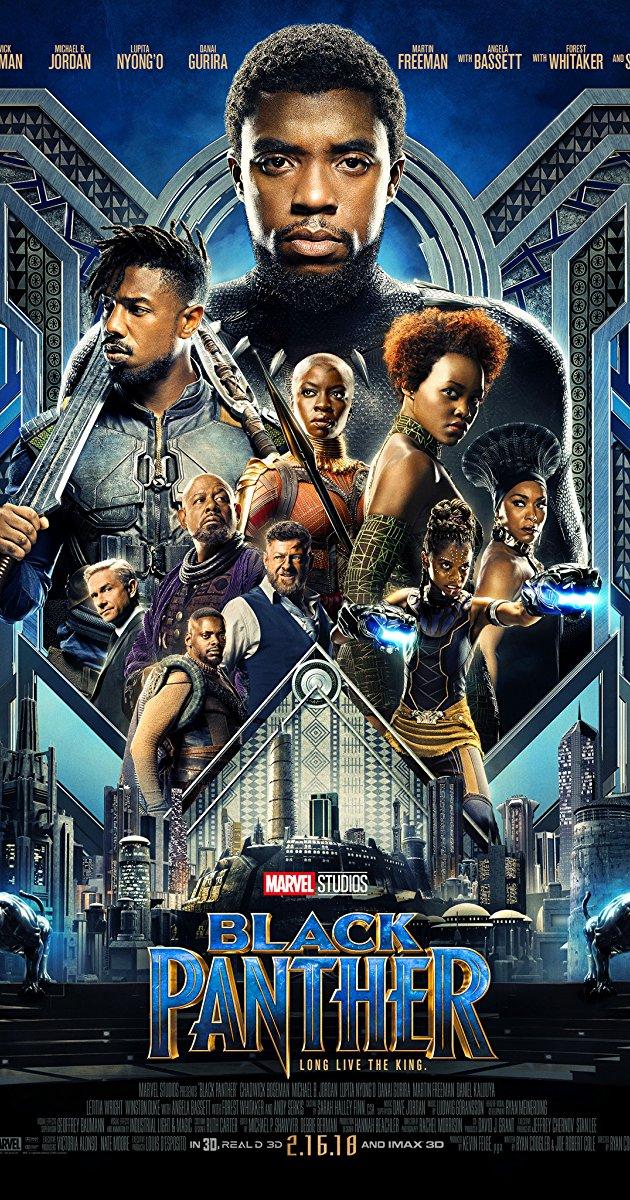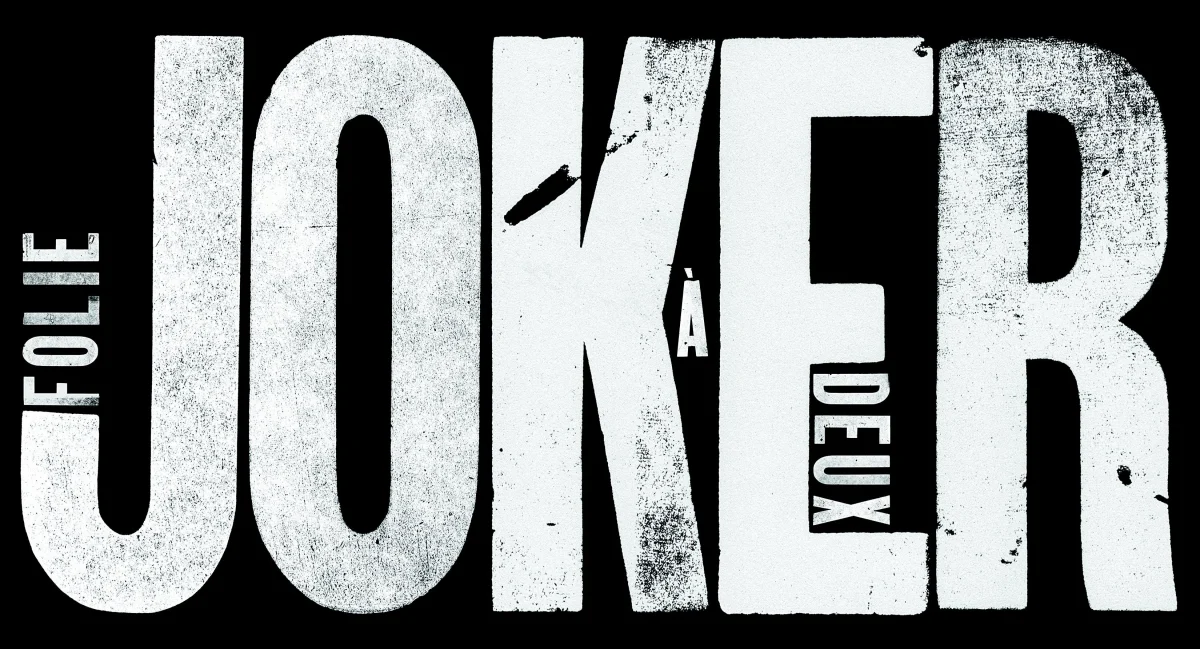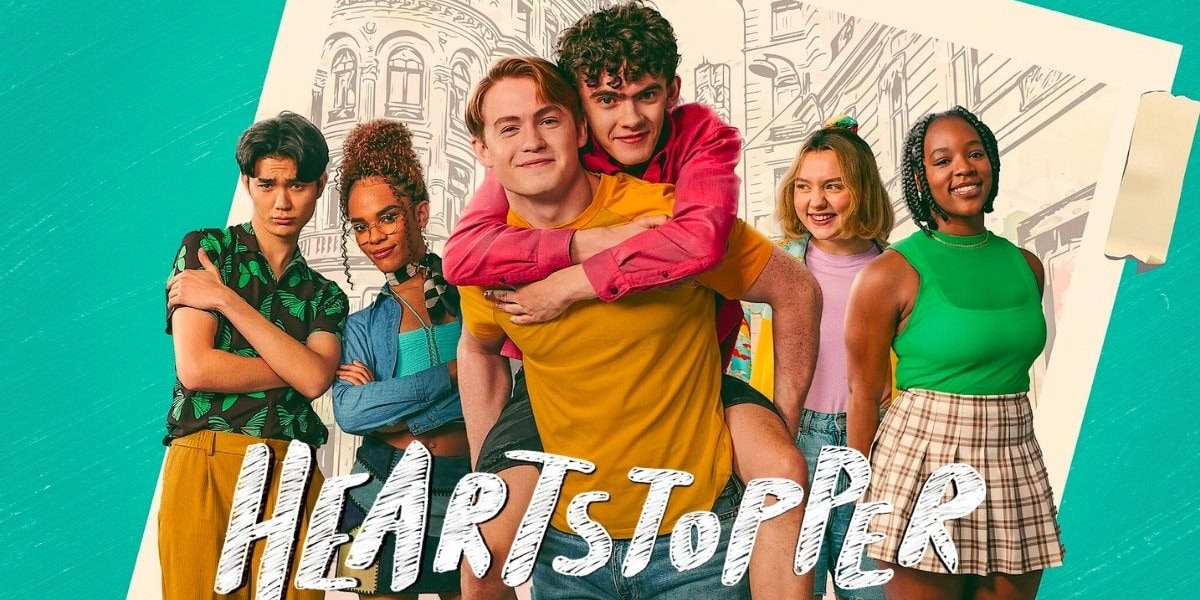
By JUN YUN
Staff Writer
Black Panther is Marvel’s first masterpiece, sharing a political vision through exhilarating characters and a thrilling plotline. Other superhero movies have attempted to tackle political and moral themes but were unable to do so in a compelling or convincing manner. Black Panther, by the conclusion of the movie, leaves viewers with a resolution on a political dilemma and presents an alternative vision of isolationism and colonialism.
The political conflict that T’Challa faces is a struggle between tradition and potential. One of the most masterful themes of this movie is T’Challa’s internal battle between Wakandan traditions of isolationism and the realization of societal modernization. Wakanda holds the technological potential to aid those in need, yet the country hides behind a primitive veil. Chadwick Boseman illustrates this conflict superbly; he plays a soft-spoken, contemplative and reserved leader, who accepts the burden of making political decisions of global magnitude. Throughout the film, it is evident that Boseman’s character undergoes tremendous growth, grasping a stronger moral compass and becoming more resolute in his decision-making.
Colonialism is another major component of this film, and it is through Michael B. Jordan’s portrayal of the antagonist, Erik Killmonger, that this can this be seen. Jordan’s character permeates a range of emotions, from frustration and anguish to hope and resiliency. Killmonger, through his childhood experiences, understands the potential of Wakanda and seeks to redress cultural scars caused by the African slave trade. Wakanda was never colonized or conquered, yet the country maintains a non-involvement stance on foreign aid and rescue. In the comic books, Wakanda was the country that refused to stop the slave trade or concern itself with preventing African colonization by Western civilizations. There is a sense of humanity in Killmonger, who aims to preserve his African heritage and culture by sharing vibranium resources, yet in a violent and dictatorial manner. The complexity of Killmonger’s ambitions make Black Panther both culturally enriching and cinematically exciting.
By the movie’s conclusion, audiences can observe director Ryan Coogler’s political vision. It is the idea that an African nation can liberate, providing shelter, offering foreign aid and advancing scientific discoveries for less fortunate countries. It is the African cultural references that make this vision even more compelling. Throughout the movie, viewers garner a strong sense of African culture through the elaborate masks, dances and clothing of main characters. The ceremonial fighting scene by the waterfall cliff was particularly beautiful and representative of the natural beauty of Africa. Overall, there is a beautiful artistic depiction of the mythical country of Wakanda; the aerial landscape shots are stunning and complement the vision of Wakanda’s potential in aiding the world. These are subtle creative additions that significantly contribute to the movie’s themes and political messages.
The interrelationship between T’Challa and Killmonger, their respective internal conflicts and the strong cultural references produce a superb movie. The only downsides would be the pacing and CGI. Unfortunately, Black Panther suffers from poor pacing; the beginning is long and stretched-out, which is a necessary byproduct to introduce the newer protagonists and Killmonger’s backstory. However, this approach leaves little room for the ending and it seems that the film was rushed towards its conclusion. Additionally, many of the action scenes were lackluster in CGI; although the scene in Busan was well produced, the final action scene in the Wakandan vibranium mine was poorly lit and difficult to comprehend. Asides from these minor flaws, the message of Black Panther still resonated with audiences. Rarely do we witness a superhero movie with so much artistic potential and political importance; Black Panther sets a higher standard for incoming Marvel productions.













